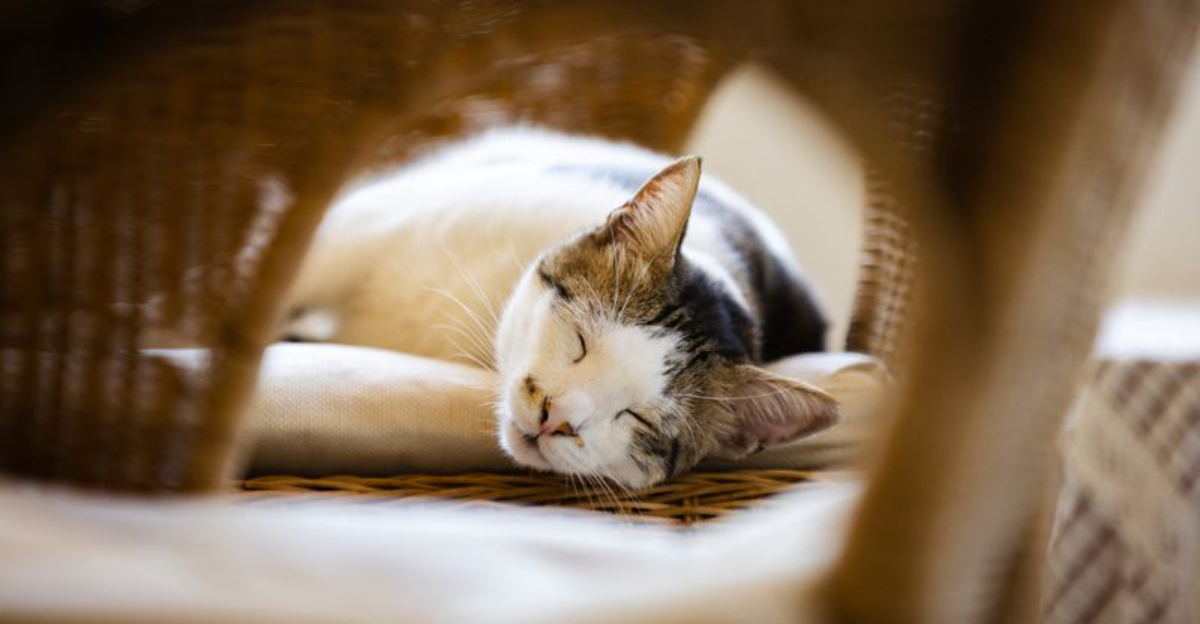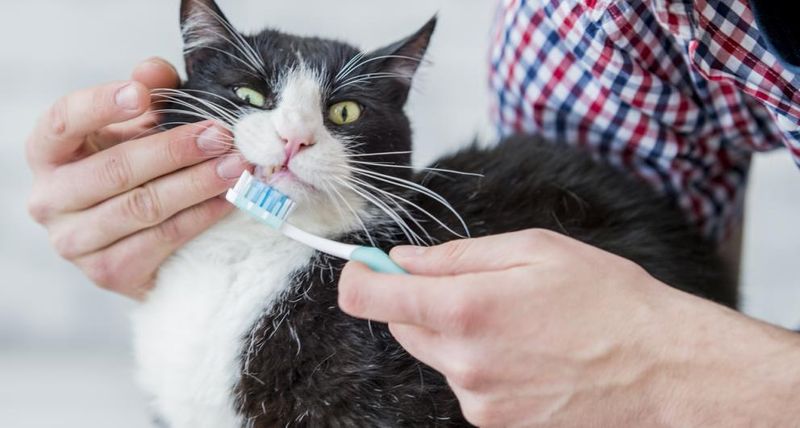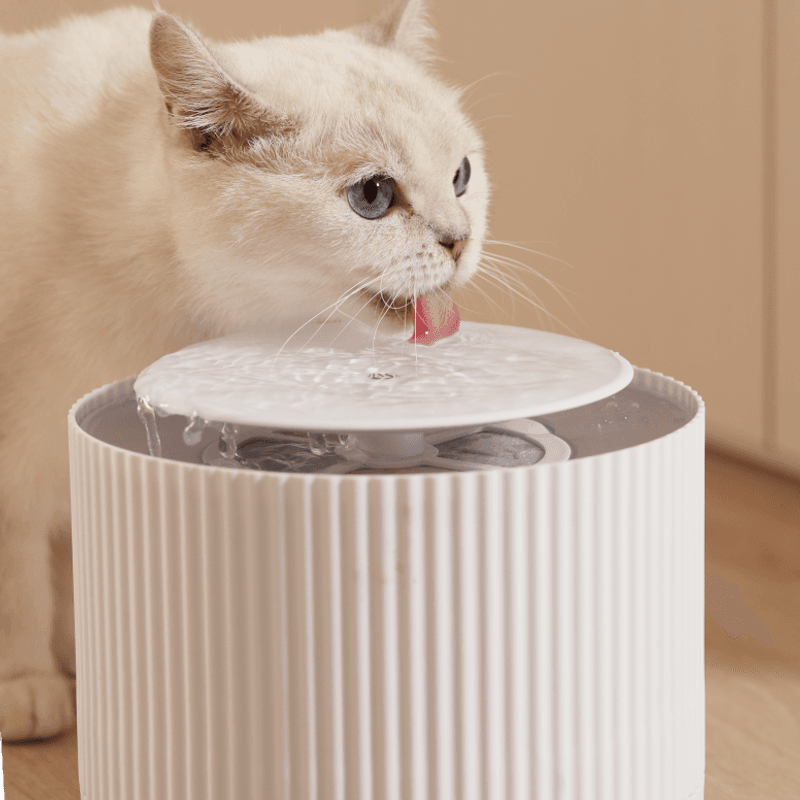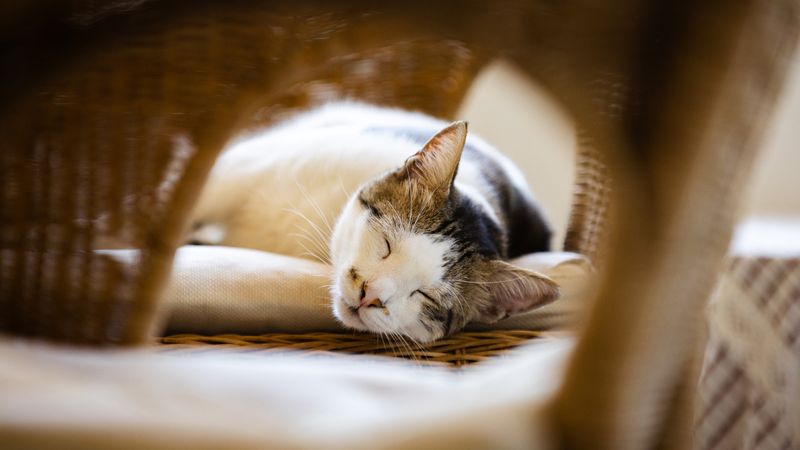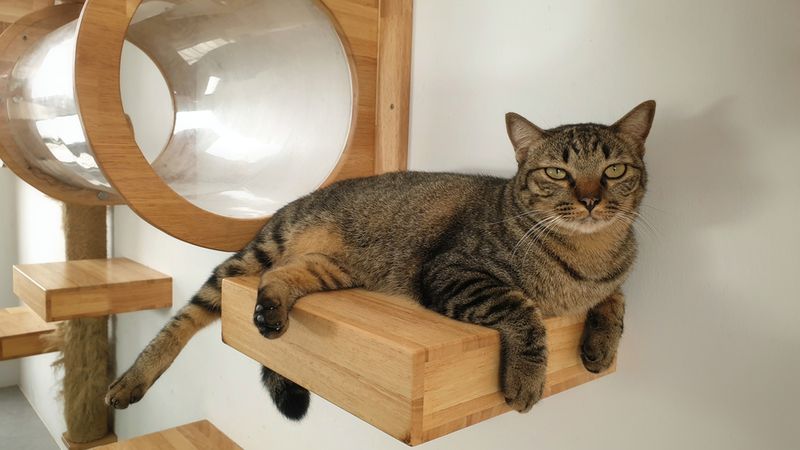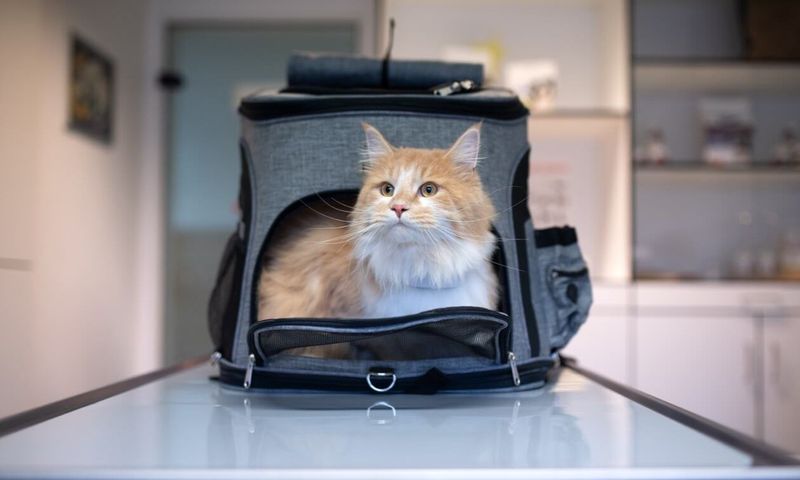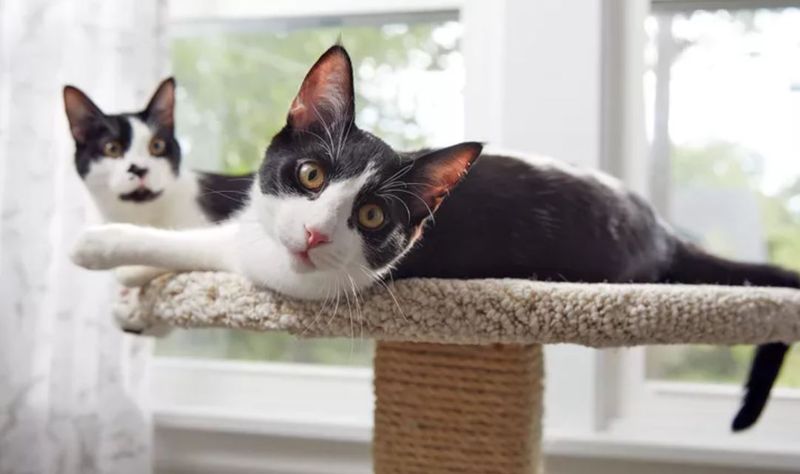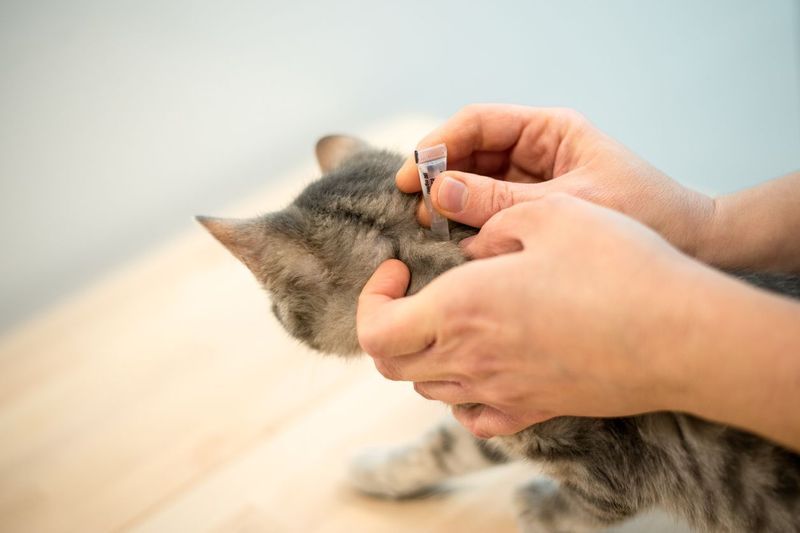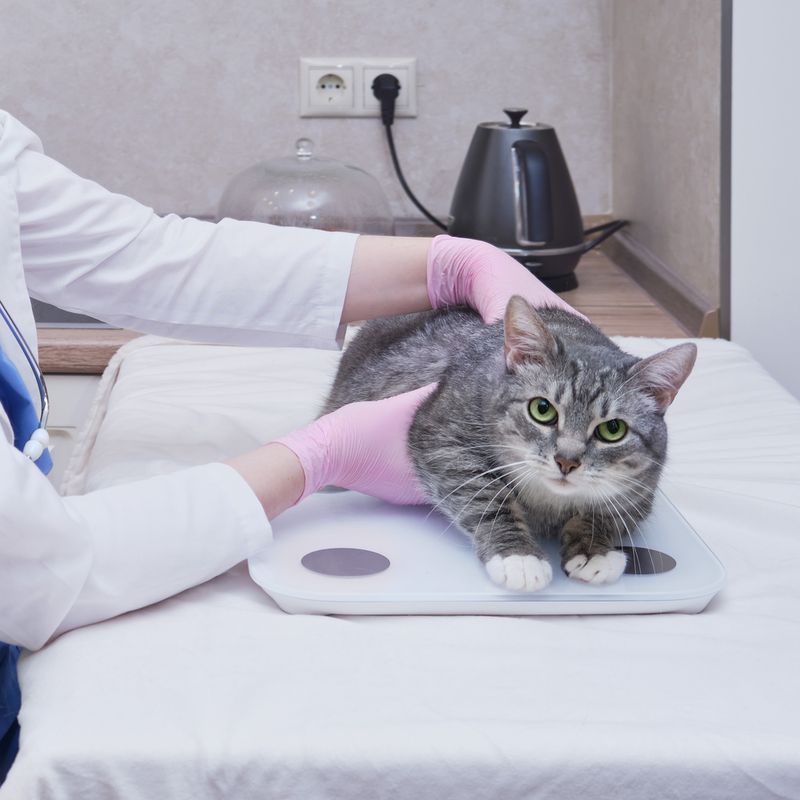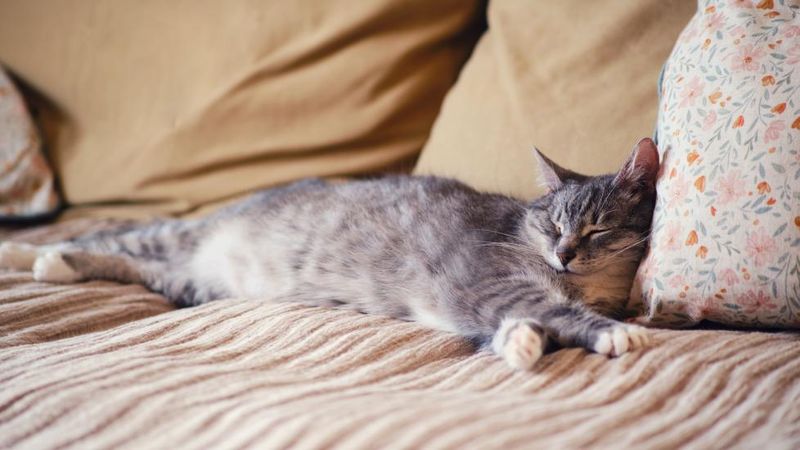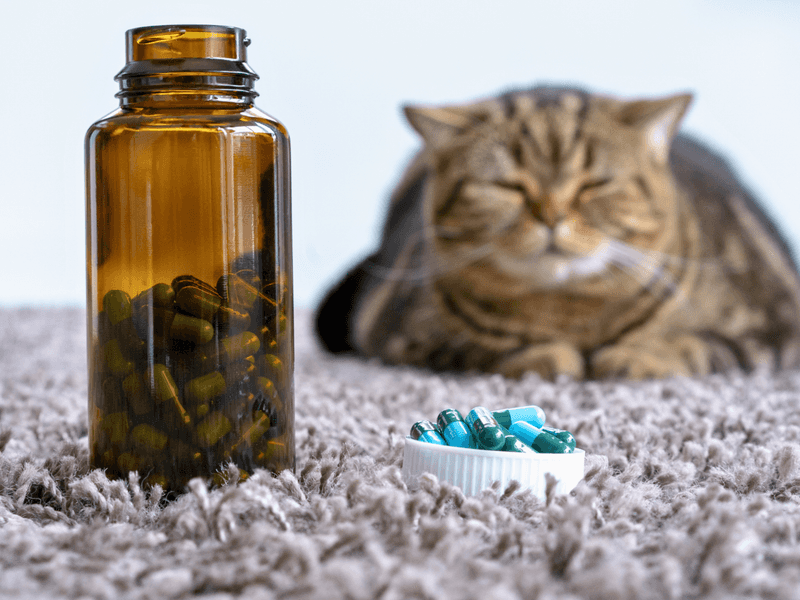📖 Table of Content:
- 1. Skipping Annual Vet Visits
- 2. Ignoring Dental Health
- 3. Feeding an Improper Diet
- 4. Overlooking Hydration Needs
- 5. Using Punitive Training Methods
- 6. Insufficient Litter Box Maintenance
- 7. Missing Signs of Pain
- 8. Skimping on Environmental Enrichment
- 9. Inappropriate Carrier Introduction
- 10. Misunderstanding Scratching Behavior
- 11. Neglecting Parasite Prevention
- 12. Overlooking Weight Changes
- 13. Ignoring Subtle Behavior Changes
- 14. Using Toxic Plants and Cleaners
- 15. Improper Medication Administration
- 16. Dismissing Senior Cat Needs
- 17. Failing to Microchip and ID
Cats are beloved companions, full of personality and charm. Yet despite the best intentions, many owners overlook small but important aspects of their care. These oversights can gradually impact a cat’s health and overall well-being.
Veterinarians frequently encounter preventable issues that stem from everyday mistakes. Missed signs, inappropriate diets, or lack of environmental enrichment are just a few common examples. These errors often go unnoticed until they result in discomfort or illness.
Being aware of these patterns is key to improving feline care. Small adjustments in routine can make a significant difference in a cat’s quality of life. A little extra attention now can help prevent bigger problems later.
1. Skipping Annual Vet Visits
Many cat parents assume that indoor cats don’t need regular checkups since they’re not exposed to outdoor dangers. This dangerous misconception leads to missed opportunities for early disease detection.
Cats are masters at hiding illness until conditions become severe. Your veterinarian can spot subtle changes in weight, dental health, or organ function long before symptoms become obvious.
Even indoor cats need yearly exams, vaccinations, and preventative care. These visits establish health baselines and catch problems when they’re most treatable, potentially saving your cat’s life and saving you money in the long run.
2. Ignoring Dental Health
Dental disease affects up to 85% of cats over three years old, yet most owners never brush their cat’s teeth. Bad breath isn’t normal – it’s usually a sign of painful dental problems that can lead to serious health complications.
Bacteria from dental disease doesn’t just stay in the mouth. It enters the bloodstream and can damage vital organs like the heart, liver, and kidneys. Regular dental care prevents this silent progression.
Start brushing gradually with pet-specific toothpaste (never human toothpaste), dental treats, and professional cleanings as recommended by your vet. Your cat’s overall health depends significantly on those pearly whites!
3. Feeding an Improper Diet
Grocery store bargain brands might save money initially, but often contain fillers and by-products that provide little nutritional value. Cats are obligate carnivores, meaning they require animal protein to thrive, not the corn and wheat fillers found in many cheap foods.
Free-feeding (leaving food out all day) frequently leads to obesity, one of the most common health problems vets see. Measured portions help maintain healthy weight and prevent diabetes and joint issues.
Consult your veterinarian about appropriate food choices based on your cat’s age, weight, and health conditions. Quality nutrition directly impacts coat condition, energy levels, and long-term health outcomes.
4. Overlooking Hydration Needs
Cats evolved as desert animals and don’t have a strong thirst drive, making them prone to chronic dehydration. Many owners don’t realize their cats aren’t drinking enough until kidney problems develop.
Dry food alone provides minimal moisture (about 10%), while cats naturally need moisture-rich diets. Adding wet food significantly increases water intake and supports kidney and urinary tract health.
Multiple water stations throughout your home encourage drinking. Many cats prefer running water sources like fountains over still bowls. Some enjoy ice cubes or prefer ceramic or glass bowls over plastic, which can leave tastes cats detect but humans don’t notice.
5. Using Punitive Training Methods
Spraying water bottles, yelling, or physical punishment damages your relationship with your cat and creates fear and anxiety. Cats don’t understand punishment the way humans expect – they simply learn to fear you or perform unwanted behaviors when you’re not watching.
Cats respond best to positive reinforcement and environmental management. Reward desired behaviors with treats, play, or affection, and provide appropriate outlets for natural behaviors like scratching and climbing.
Redirect unwanted behaviors by making targeted areas unattractive and providing appealing alternatives. Understanding feline behavior helps create solutions that work with your cat’s instincts rather than against them.
6. Insufficient Litter Box Maintenance
Dirty litter boxes are the top reason cats develop elimination problems outside the box. Cats have sensitive noses and may refuse to use unclean facilities, leading to household accidents that frustrate owners.
The general rule is one box per cat plus one extra, cleaned daily. Many owners provide too few boxes or place them in noisy, high-traffic areas that make cats feel vulnerable while using them.
Box location matters as much as cleanliness. Cats prefer quiet, accessible locations with multiple escape routes. Covered boxes trap odors that cats find offensive. Regular scooping and complete litter changes prevent avoidance behaviors that can become permanent habits.
7. Missing Signs of Pain
Cats hide pain remarkably well – an evolutionary trait that prevented them from appearing vulnerable to predators in the wild. Subtle changes like decreased grooming, altered sleeping patterns, or reduced jumping may be your only clues that something’s wrong.
Many owners mistake pain behaviors for normal aging. Slowing down, stiffness, or irritability are often signs of arthritis or other painful conditions, not just “getting old.” Senior cats especially suffer silently from untreated pain.
Behavioral changes warrant veterinary attention. Modern pain management options can dramatically improve quality of life, but only if owners recognize and report these subtle shifts in their cat’s normal patterns and personality.
8. Skimping on Environmental Enrichment
Indoor life protects cats from many dangers but can lead to boredom, obesity, and behavioral issues without proper stimulation. Cats need mental and physical exercise just like dogs, yet many owners provide minimal enrichment beyond basic toys.
Vertical space satisfies natural climbing instincts. Cat trees, shelves, and window perches allow cats to survey their territory from safe heights and provide exercise opportunities. Rotation of toys prevents boredom.
Food puzzles tap into hunting instincts while slowing eating and providing mental challenge. Even simple cardboard boxes, paper bags, or bird-watching windows offer engagement. Daily interactive play sessions strengthen your bond while meeting your cat’s need for stimulation.
9. Inappropriate Carrier Introduction
The carrier only appears before stressful vet visits for many cats, creating negative associations that make future trips traumatic. Last-minute struggles to force resistant cats into carriers increase stress for everyone involved.
Smart owners keep carriers out as normal furniture, creating positive associations through treats, meals, and comfortable bedding inside. This everyday presence transforms the carrier from scary trap to safe space.
Familiarization techniques like short practice car rides to pleasant destinations help reduce travel anxiety. Pheromone sprays and covering carriers with towels during transit provide additional security. These simple steps dramatically reduce the stress of necessary travel for medical care.
10. Misunderstanding Scratching Behavior
Declawing remains controversial despite being recognized as a painful amputation that can cause lifelong complications. Forward-thinking owners instead provide appropriate scratching outlets that satisfy this natural, necessary behavior.
Cats scratch to remove dead claw sheaths, stretch muscles, mark territory, and express emotions. Different cats prefer different scratching surfaces – some like vertical posts while others prefer horizontal pads.
Successful scratch training means observing preferences and providing multiple options with different textures. Positioning posts near furniture cats target, using attractant sprays, and rewarding proper scratching establishes good habits. Regular nail trims and soft nail caps offer humane alternatives to declawing.
11. Neglecting Parasite Prevention
The myth that indoor cats don’t need parasite protection puts many felines at risk. Mosquitoes carrying heartworm can enter homes, and fleas often hitch rides on human clothing, making even apartment-dwelling cats vulnerable.
Parasites pose serious health threats beyond simple discomfort. Fleas can transmit diseases and cause anemia, while untreated intestinal parasites damage internal organs. Some parasites can even spread to human family members.
Year-round prevention costs less than treating established infestations and related illnesses. Your veterinarian can recommend appropriate preventatives based on your cat’s lifestyle and regional risks. Even strictly indoor cats need protection tailored to their specific situation.
12. Overlooking Weight Changes
Gradual weight gain often goes unnoticed until cats become significantly overweight. Extra pounds stress joints, increase diabetes risk, and complicate other health conditions. Equally concerning, unnoticed weight loss may indicate a serious underlying disease.
Regular weigh-ins help catch changes early. A kitchen scale works for kittens, while bathroom scales (weigh yourself, then yourself holding the cat) work for adults. Record weights monthly to track trends.
Body condition scoring helps assess healthy weight visually. You should feel ribs easily with slight pressure but not see them. A defined waistline when viewed from above indicates appropriate weight. Discuss any changes with your veterinarian, as they may signal health issues requiring attention.
13. Ignoring Subtle Behavior Changes
Cats communicate primarily through behavior, making changes your most important health indicator. Suddenly avoiding family members, hiding more than usual, or changes in vocalization patterns often signal discomfort or illness.
Litter box habits provide valuable health insights. Increased frequency, straining, or vocalization during elimination can indicate urinary tract infections or blockages requiring immediate attention. Male cats are especially prone to life-threatening urinary blockages.
Appetite changes, altered grooming habits, or differences in activity level warrant veterinary evaluation. Catching problems early through behavior monitoring leads to better outcomes and less invasive treatments. Trust your instincts when your cat’s behavior seems “off” – you know your pet best.
14. Using Toxic Plants and Cleaners
Many common houseplants pose serious dangers to curious cats. Lilies are particularly lethal – even pollen can cause kidney failure. Other hazards include philodendron, pothos, and sago palms, which cause reactions ranging from mouth irritation to organ damage.
Household cleaners contain chemicals that linger on surfaces cats walk on, then ingest during grooming. Essential oils, often used in diffusers, can cause respiratory issues and liver damage in cats, who lack the enzymes to process these compounds.
Pet-safe alternatives exist for both plants and cleaning products. Research before bringing new items home, and store hazardous products securely. The ASPCA Animal Poison Control website provides comprehensive toxic plant lists and emergency guidance.
15. Improper Medication Administration
Giving human medications to cats can be fatal. Seemingly harmless pain relievers like acetaminophen or ibuprofen can cause organ failure in cats, whose livers process drugs differently than humans or even dogs.
Dosing errors happen frequently with prescribed medications as well. Cats require precise weight-based dosing, and attempting to estimate portions by breaking pills can lead to under or overdosing. Always use measuring devices provided by your veterinarian.
Administration technique matters too. Forcing pills can cause fear and esophageal damage. Ask your veterinarian about compounded flavor options, pill pockets, or liquid alternatives for difficult-to-medicate cats. Never discontinue prescribed treatments without professional guidance, even if symptoms improve.
16. Dismissing Senior Cat Needs
Cats are considered seniors around age 11, yet many owners don’t adjust care as their companions age. Senior cats need more frequent veterinary monitoring as their risk for chronic conditions increases. Twice-yearly checkups catch problems earlier when intervention is most effective.
Mobility challenges require environmental modifications. Lower-sided litter boxes, ramps to favorite perches, and softer bedding accommodate joint stiffness and arthritis. Dental issues become more prevalent, affecting nutrition and comfort.
Cognitive changes similar to human dementia affect many senior cats, causing confusion, altered sleep-wake cycles, and behavioral shifts. These aren’t just “old age” but treatable conditions. Proper senior care extends quality life through nutrition adjustments, environmental support, and appropriate medical intervention.
17. Failing to Microchip and ID
Even strictly indoor cats can escape during emergencies, service visits, or moments of door-darting opportunity. Without identification, lost cats have less than 2% chance of reuniting with their families if they reach shelters.
Collars with ID tags provide visible identification but can break away or be removed. Microchips offer permanent identification that can’t be lost or damaged. The simple, affordable procedure places a rice-sized chip under the skin that lasts a lifetime.
Regular registration information updates are crucial. Outdated phone numbers or addresses render microchips useless. Many owners forget this critical step when moving or changing contact information. Proper identification significantly increases the chances of a happy reunion if your cat ever becomes lost.
